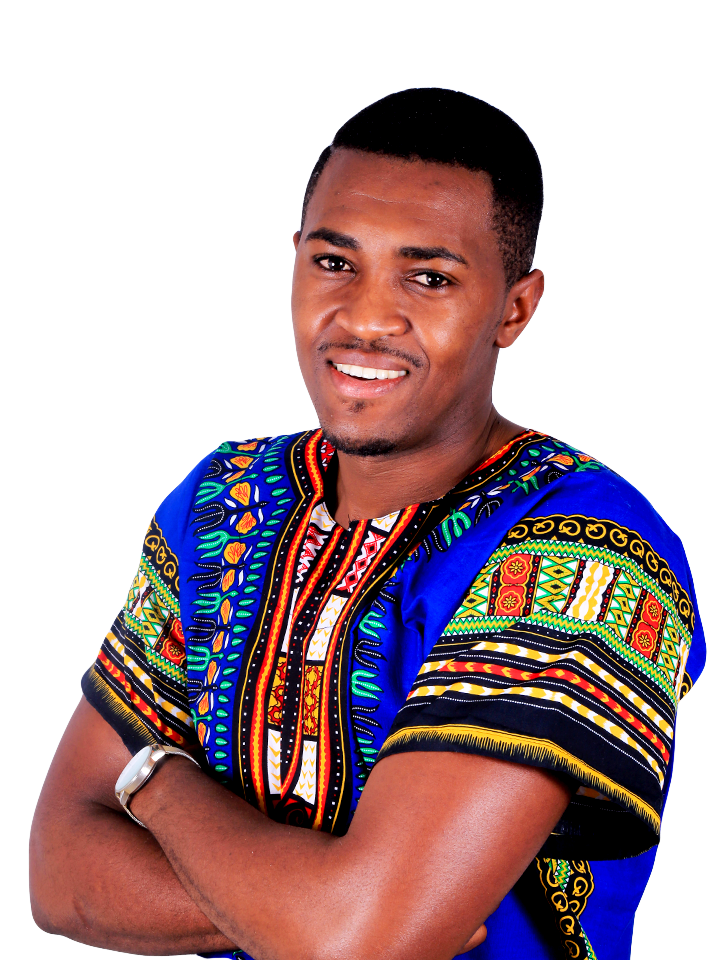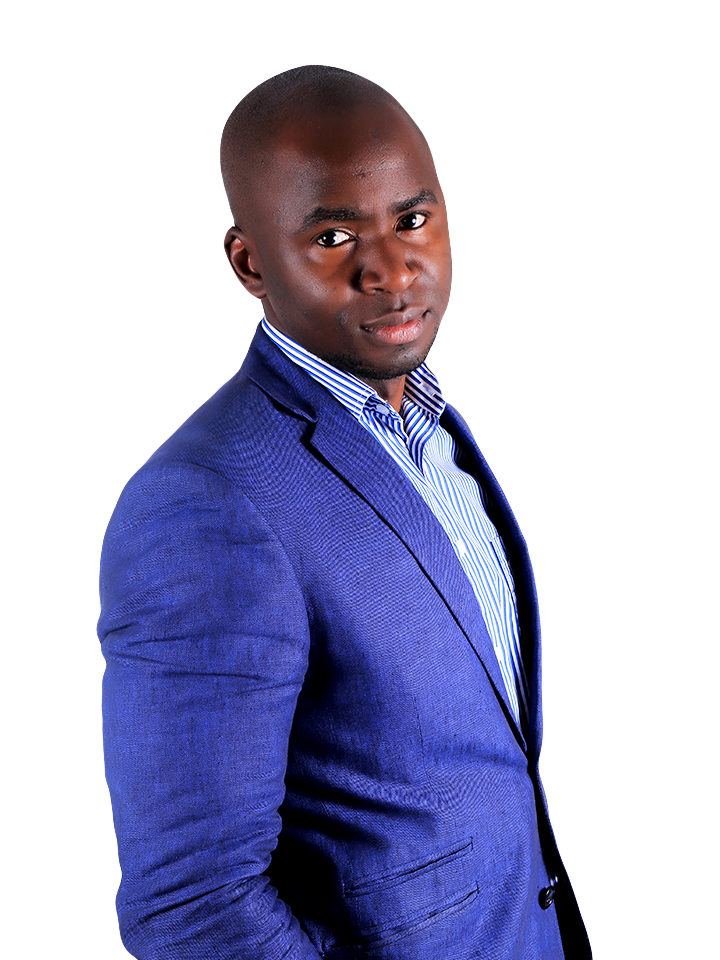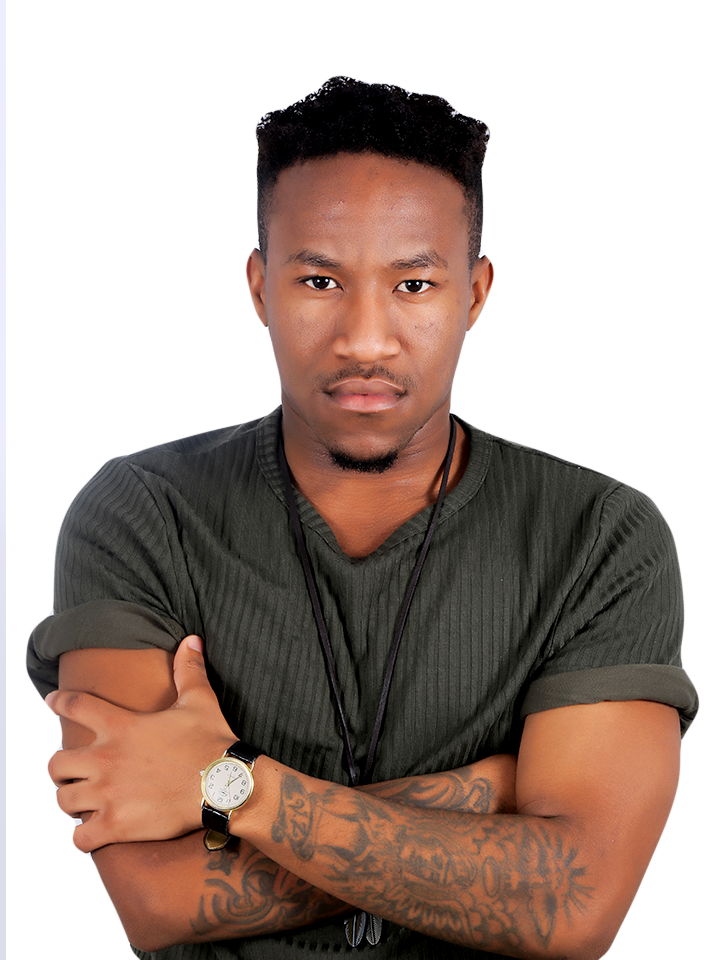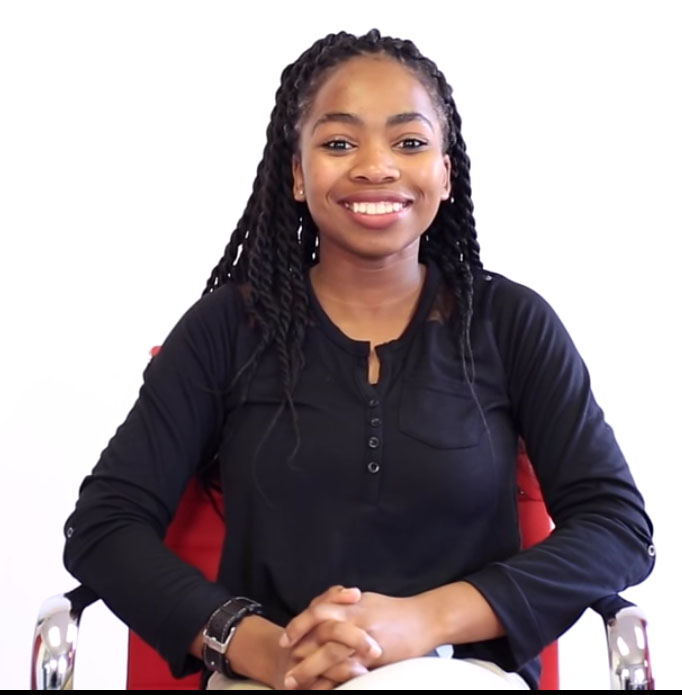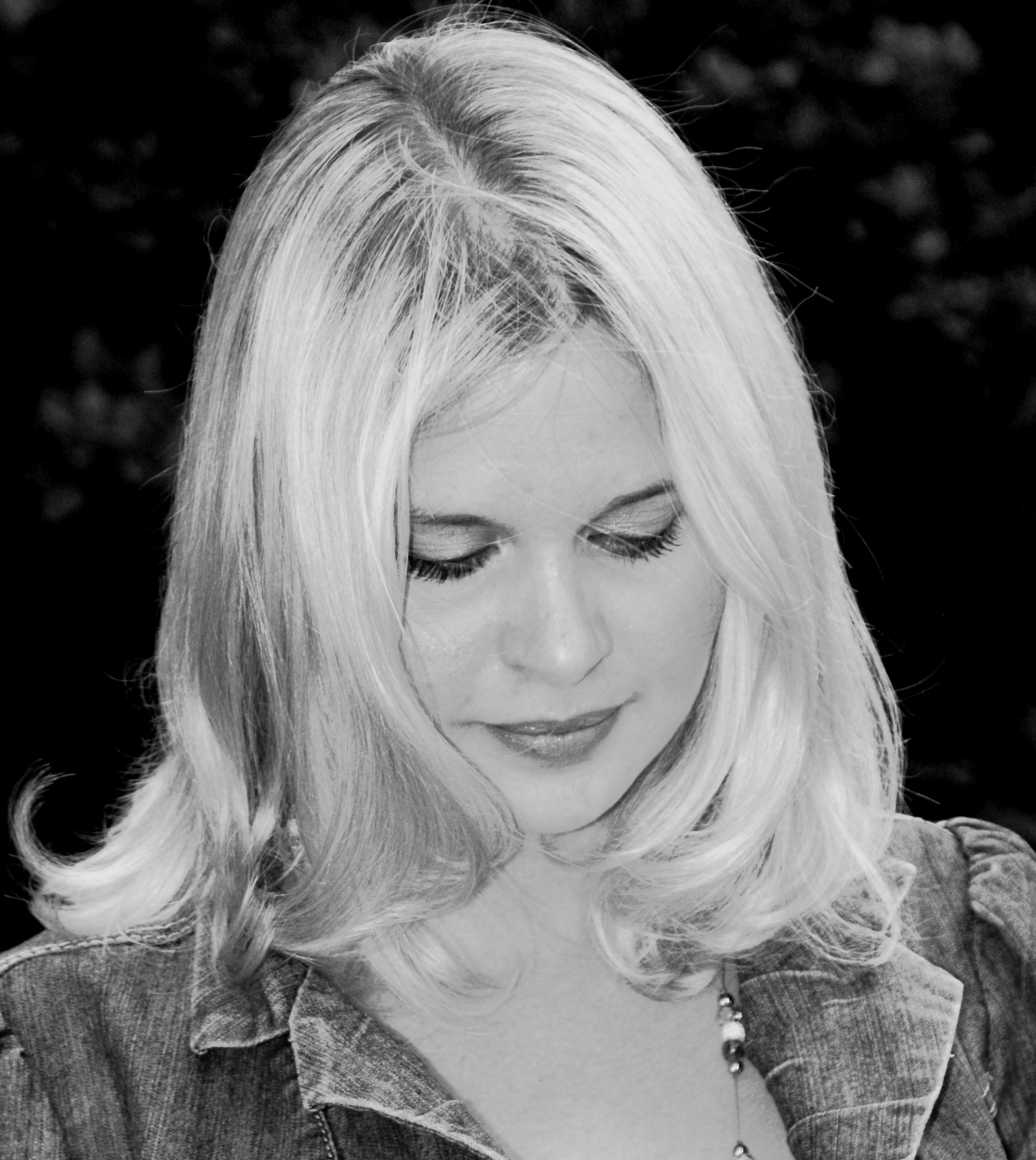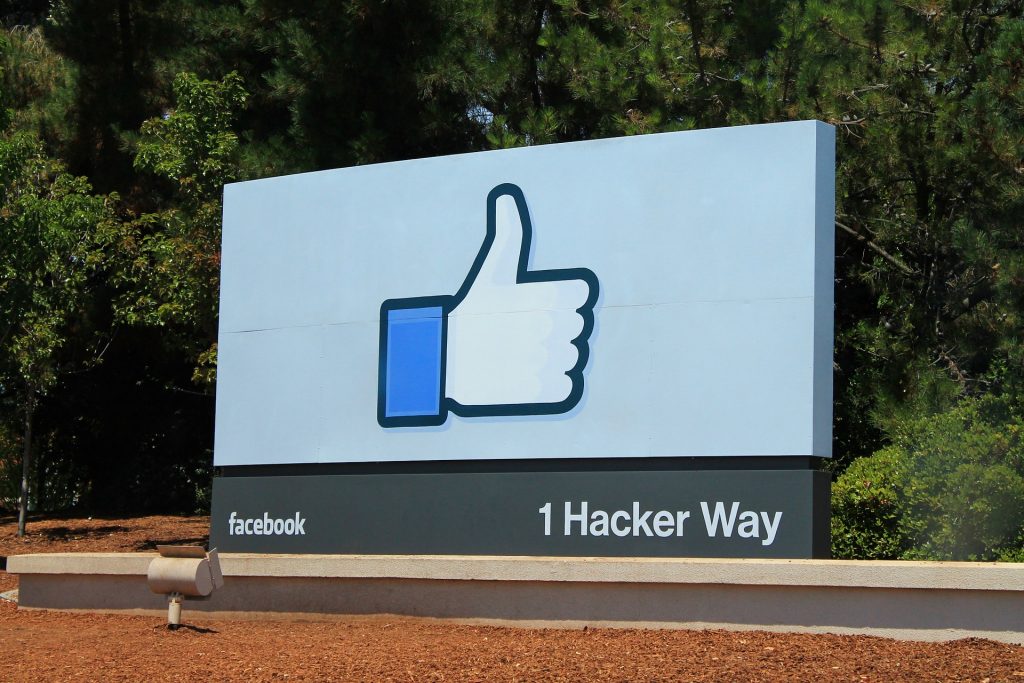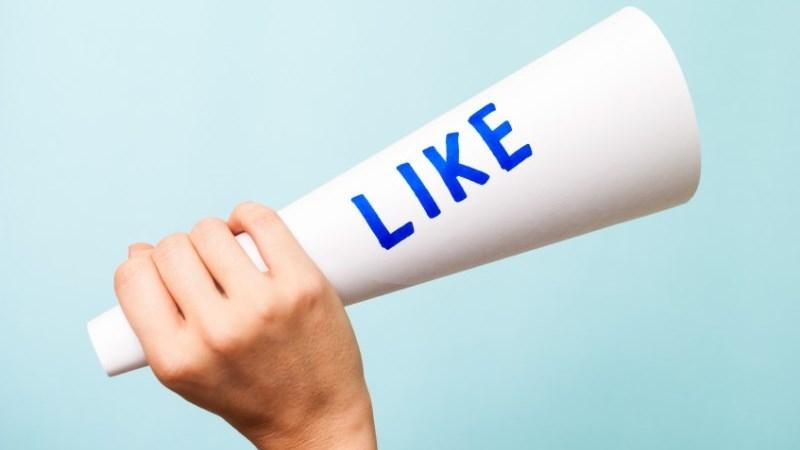06 Aug Why Brand Activation Is Crucial To Your Business
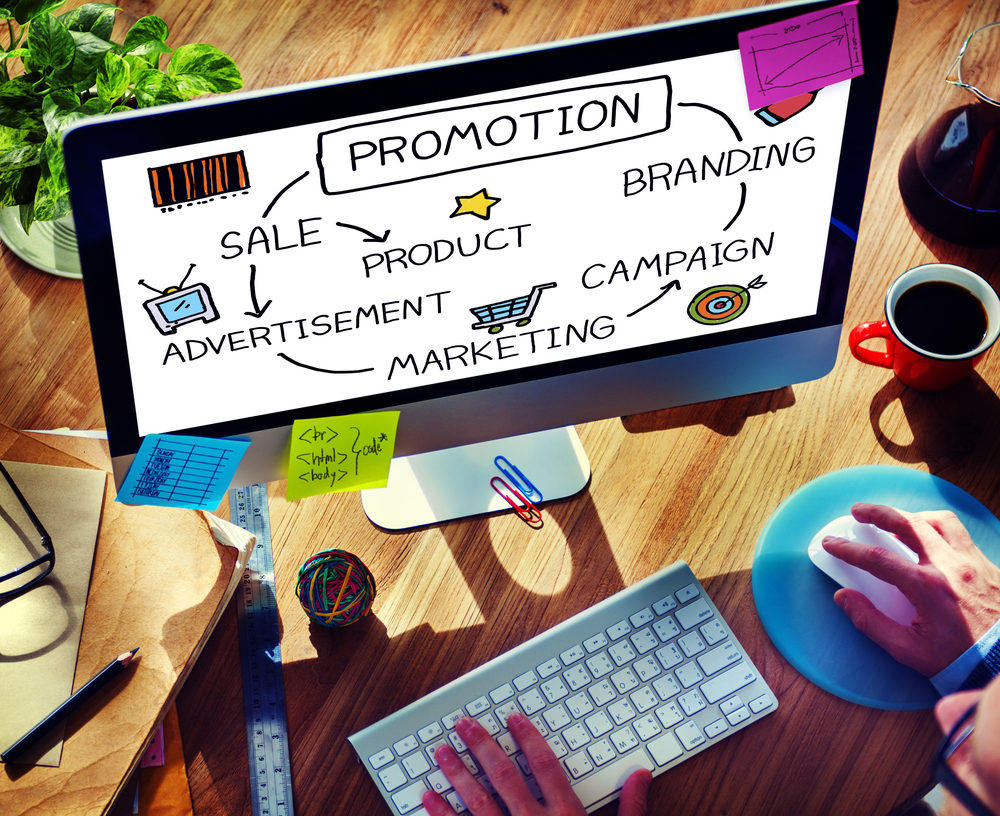 I personally think you cannot sell anything that you do not understand or introduce it to the people. Have you ever noticed when you go to buy a well-liked brand’s product, do you ever stop to ask yourself, how did they become so trustworthy and admired?When used correctly Brand activation delivers measurable result focusing on Return on Investment.
I personally think you cannot sell anything that you do not understand or introduce it to the people. Have you ever noticed when you go to buy a well-liked brand’s product, do you ever stop to ask yourself, how did they become so trustworthy and admired?When used correctly Brand activation delivers measurable result focusing on Return on Investment.
personally, think you cannot sell anything that you do not understand or introduce it to the people. Have you ever noticed when you go to buy a well-liked brand’s product, do you ever stop to ask yourself, how did they become so trustworthy and admired?When used correctly Brand activation delivers measurable result focusing on Return on Investment.
What is this brand activation?
Engaging with consumers at an emotional level and action through experiences and interaction with the brand or product. The aim is to get consumers to react, and give either positive or negative feedback immediately and generate instant sales,to make brands active in their markets and build a reputation for the product or service.Brand managers need to communicate their core brand values to their target markets to distinguish their brand from competitors and create a long time impression in the customers minds.
We have a few types of Brand activations
Consumer promotions-convincing consumers to purchase a product or a service by offering free sample or reducing a price to stimulate the demand for the product promoted and awareness.Example: Girls are usually sent to outlets to do brand awareness they give either offering a product to consumers to try it out and convince them to buy by offering a free sample a discount. Experiential Marketing, invites and encourage consumers to participate in the evolution of the brand and connects the brand and a consumer. In-store retail marketing activations can help a customer choose one brand over another inside a department store. It helps to enhance the image of a product or brand and as well as feature the benefits it offers or introduce the lifestyle associated with purchasing the product. Example :Branded event stimulates positive emotions in people then they are more likely to associate those emotions with that brand. This encourages brand loyalty and the stronger possibility of sales further down the line.Digital campaigns- marketing of products or services using digital, mainly on the Internet, but also including mobile phones, display advertising, and any other digital medium.Sampling Campaigns-giving free product away sampling strategy has always prioritized quantity over quality. Example: Most magazine usually has samples inside of either new products or newly packaged product.
Benefits of Brand Activation
Brand activation strengths the relationship between the brand and consumers when the clients love the brand and understand it they tend to be more brand loyal and the company can establish a clear vision that reflects an individual needs of clients base. Generally, brand activation creates a buzz much bigger than false media stunts in the industry and make your marketing much more successful. Gives you feedback on what to change or improve as they are communicating with you and it be can bring life into a dying brand.





